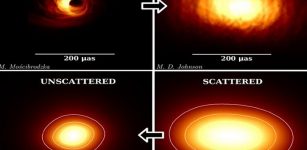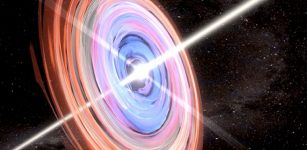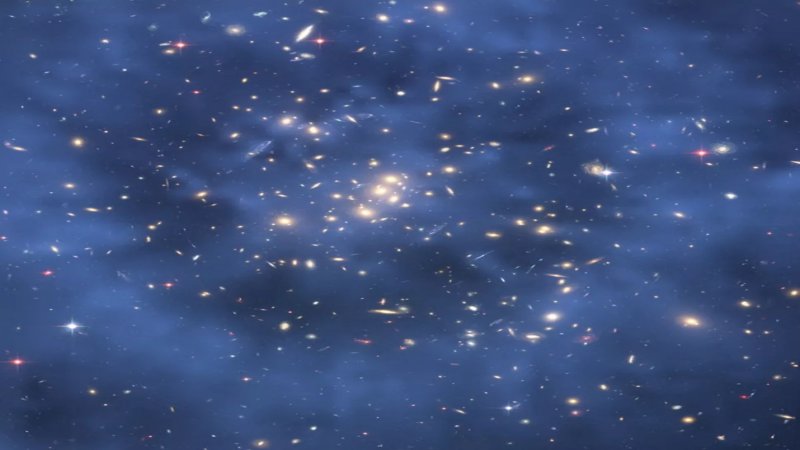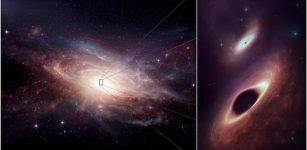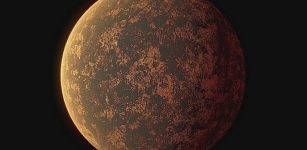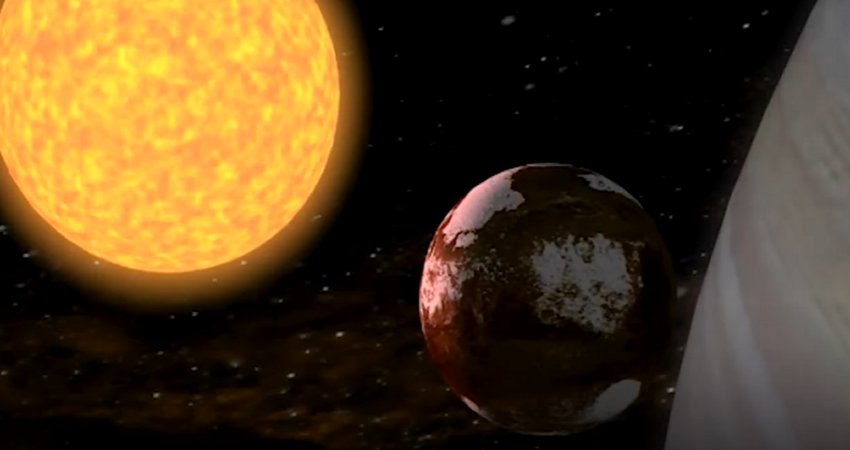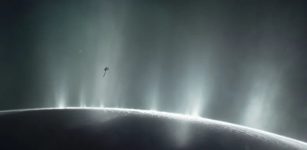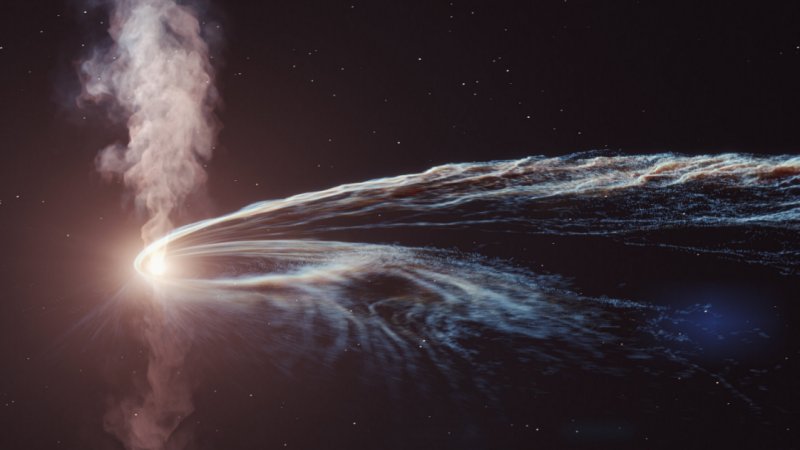First Water Detected On Potentially ‘Habitable’ Planet
Eddie Gonzales Jr. – MessageToEagle.com – Astronomers have detected water vapor in the atmosphere of an exoplanet K2-18b, which is eight times the mass of Earth.
K2-18b is now the only planet (or ‘exoplanet’) orbiting a star outside the Solar System known to have both water and temperatures that could support life.
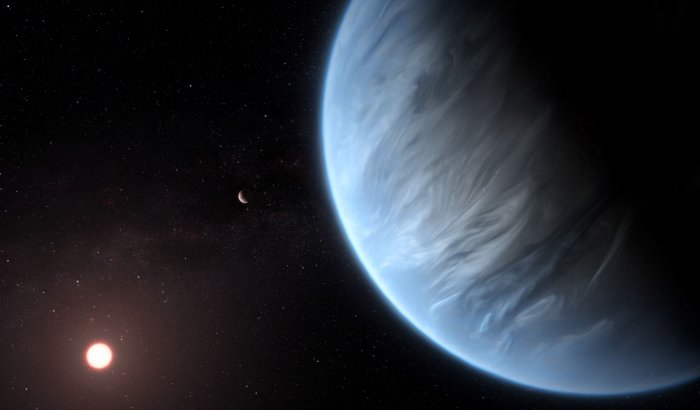 Image credit: (ESA/Hubble, M. Kornmesser)
Image credit: (ESA/Hubble, M. Kornmesser)
The planet orbits the cool dwarf star K2-18, which is about 110 light-years from Earth in the Leo constellation. Given the high level of activity of its red dwarf star, K2-18b may be more hostile than Earth and is likely to be exposed to more radiation.
“Finding water in a potentially habitable world other than Earth is incredibly exciting. K2-18b is not ‘Earth 2.0’ as it is significantly heavier and has a different atmospheric composition,” first author, Dr Angelos Tsiaras (UCL Centre for Space Exochemistry Data (CSED)), said in a press release.
Based on the ESA/NASA Hubble Space Telescope data, the UCL (University College London) developed open-source algorithms to analyze the starlight filtered through K2-18b’s atmosphere.
The results revealed the molecular signature of water vapor, also indicating the presence of hydrogen and helium in the planet’s atmosphere.
K2-18b was discovered in 2015 and is one of the hundreds of super-Earths – planets with a mass between Earth and Neptune – found by NASA’s Kepler spacecraft. NASA’s TESS mission is expected to detect hundreds of more super-Earths in the coming years.
“With so many new super-Earths expected to be found over the next couple of decades, it is likely that this is the first discovery of many potentially habitable planets,” co-author Dr. Ingo Waldmann (UCL CSED), said.
“This is not only because super-Earths like K2-18b are the most common planets in our Galaxy, but also because red dwarfs – stars smaller than our Sun – are the most common stars.”
The next generation of space telescopes, including the NASA/ESA/CSA James Webb Space Telescope and ESA’s ARIEL mission, will be able to characterize atmospheres in more detail as they will carry more advanced instruments. ARIEL is expected to launch in 2028 and will observe 1,000 planets in detail to get a truly representative picture of what they are like.
Further studies are required to estimate cloud coverage and the percentage of atmospheric water present.
Written by Eddie Gonzales Jr. – MessageToEagle.com Staff

